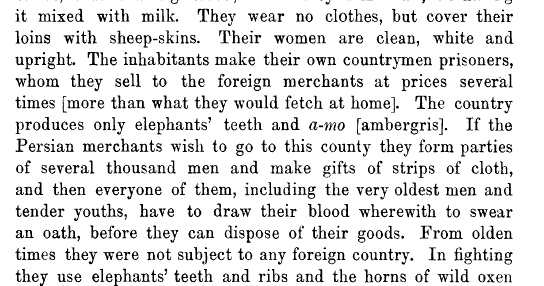What do you presume lead to the ethnogenesis of the current Somali people? How did the 'Somali' people emerge?
@Apollo @Shimbiris
Correct me if I'm wrong, but wasn't the first mention of the word 'Somali' in a letter sent by the Abyssinian king during the Adal-Abyssinian wars?
@Apollo @Shimbiris
Correct me if I'm wrong, but wasn't the first mention of the word 'Somali' in a letter sent by the Abyssinian king during the Adal-Abyssinian wars?

